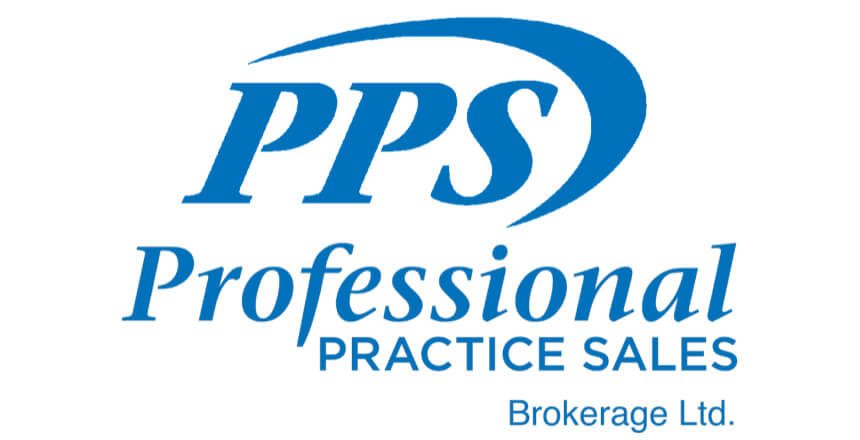
What will happen to dental practice Values in the next 10 years?

The demand for successful dental practices continues to grow and therefore the prices being obtained continue to rise. We believe that demand and accordingly, prices are at an all-time high. As a result of this phenomenon, we are frequently asked the following questions from our clients. Are we in a dental market bubble? What will happen to demand and prices over the next five to ten year period?
Before we attempt to tackle this question, let’s take a look at what is driving prices in this current marketplace.
Demographics: Due to dentist immigration, large graduating classes, and the fact that dentists are working past traditional retirement age, the population to dentist ratio has fallen by as much as 20 per cent. With fewer patients per Dentist, the demand and value of each patient increases. This combination of an increased number of buyers, and fewer sellers has put upward pressure on practice values.
Practice performance: Strong practices in good locations are in high demand. Further, if the sale and transfer of ownership is done correctly, the practices can perform as well or better than with the previous owner. This fact provides owner confidence in the transfer of patients and goodwill after the sale.
Investing dentists: There is an emergence of dentists owning multiple practices. These buyers typically have well rounded strategies for ownership including infrastructure, improved technologies, and enhanced clinical skills. This adds savvy buyers to the demand pool, for specific types of practices.
Interest rates and bank confidence: Interest rates are at an all-time low and have remained flat. In addition, because the dental marketplace has generally been stable and performed well, bank confidence has increased, resulting in increased competition for the dental clients, and increased borrowing levels at preferred rates and terms.
There are certainly other factors driving current demand and prices, but are we in a bubble for prices? What will happen in the future?
There was a recent economic report to the dental profession issued which had very interesting economic data related to the dental industry. The report suggested that the dental profession will face some tough challenges in the next ten years. The factors affecting the future relate closely to the same drivers of the current strength in the dental practice market, which include:
Economy: It is forecast that real income levels and thus disposable income levels for Canadians may remain flat or decrease over the next ten years. In addition it is forecasted that the amount of dentistry funded by third party insurers will actually decrease from 55 per cent of the total to 45 per cent of total payments. This fact may decrease the amount of overall demand for dentistry.
Interest rates and bank confidence: At some point interest rates may rise, putting pressure on prices due to cash flow ratios, and if the interest rate increases create instability or distress on the market for existing loans, bank confidence may erode, or larger equity requirements will be required for bank loans.
Demographics: There will likely be a continued influx of dentists into the country. This may have the effect of further eroding the population to dentist ratio, and the increased competition may put pressure on the fees charged. While erosion in the population to dentist ratio may increase the value of each patient, lower fees charged may affect the performance and income of a practice.
It is expected that the largest impact on dental practice prices will be due to our aging dentist population, (approximately one third of Ontario dentists are over the age of 55). This statistic is consistent with the baby boomer population profile; however it is further exacerbated by the fact that dentists today are working longer than previously. At some point, these dentists will wish to sell their dental practices and retire. This increase in the supply of practices to the market could have a negative impact on prices.
Based on the above data, we may conclude that the future demand and prices for dental practices may be challenged primarily due to the increased supply of practices. Is this necessarily the case however? Maybe not, here’s why.
With the continued influx of dentists, practice demand should remain strong, as dentists continue to covet ownership and the concept of owning multiple practices. In addition, it is also proven that despite some possible economic and competitive issues, good practices are able to maintain their performance levels resulting in consistently reproducible or even greater cash flows.
The increase in the supply of practices for sale may result in a more diverse price difference on practice sales, as strong practices will still be in high demand, but the average practices may suffer.
It is our experience that very few practices are operating at peak efficiency levels. In these cases, addressing the inefficient areas of the practice could in fact significantly increase its business performance, and offset the potential impact of a market decline. These improvements may include enhancements in the following categories; cost controls, office efficiency, clinical skills, staff training, marketing, addressing the aging population, improved technology, etc.
Although none of us can control or predict with certainty what will happen to the dental market over the next five to ten years, the most important concept to grasp is that, at some point your practice will be in competition with other practices for sale to knowledgeable buyers. As a result, well in advance of the time of sale, you should look critically at your practice value drivers. If it is found that there are areas for improvement, these areas should be addressed well in advance of a proposed sale.

